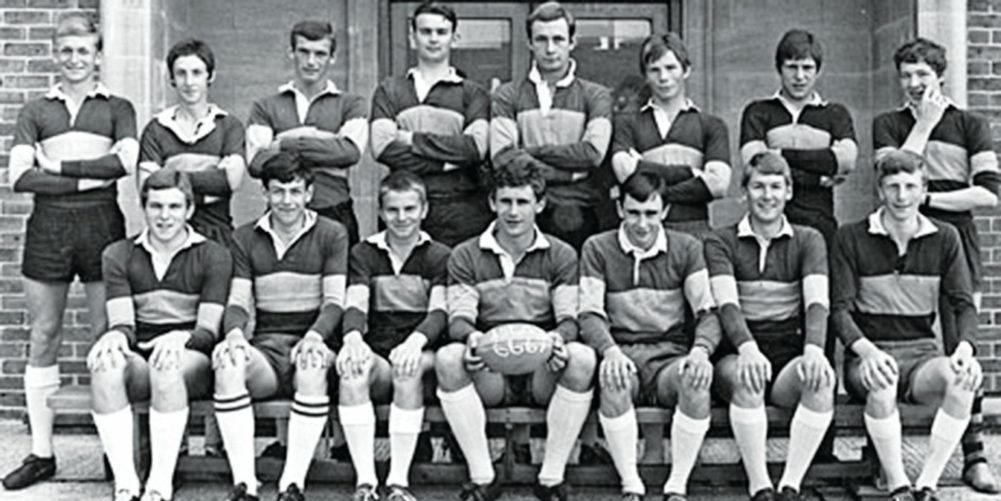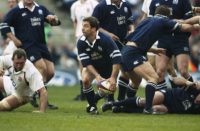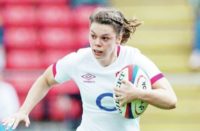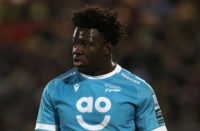Brendan Gallagher continues his series looking at rugby's great schools
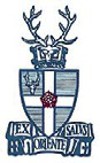
EASTBOURNE College might not always be a pre-eminent force in the schools game but they have had their moments and over the decades been big players on the Sussex circuit along with the likes of Brighton College, Hurstpierpoint, Christ's Hospital and Worth College.
And they have always unquestionably been a school that spawned big personalities starting with Danny Lambert before World War 1 whose deeds are chroni- cled elsewhere on this page. The 1960s brought two more such characters in Maurice Trapp and John Novak
Trapp was a quality player just short of international standard – an all-purpose back five forward while at the school who continued his career at Loughborough University and Harlequins. It was, however, when he emigrated to New Zealand in the 1970, initially to play some club and provincial rugby, that his rugby career really took off.
Calling on the cutting edge coaching techniques and know-how he garnered at Loughborough and, perhaps, a little removed from all the local rivalries and rugby politics in New Zealand, he quickly morphed into one of the most successful domestic coaches in New Zealand history, building Auckland into one of the strongest provincial side the game has ever seen with just three defeats in five seasons.
It was Trapp who started to harvest the enormous rugby potential of Auckland, including its large number of Polynesian immigrants and at one stage his Blues side contained ten or more current All Blacks
Mind you, it was touch and go whether he got the job originally. Fate often plays a hand, good or bad, in these matters. After John Hart exited the Auckland job at the end of 1986 there were three contenders: Englishman Trapp, Auckland B coach Barrie Herring and a brash youngster who had been in charge of NZ Schools and Auckland University. Graham Henry by name.
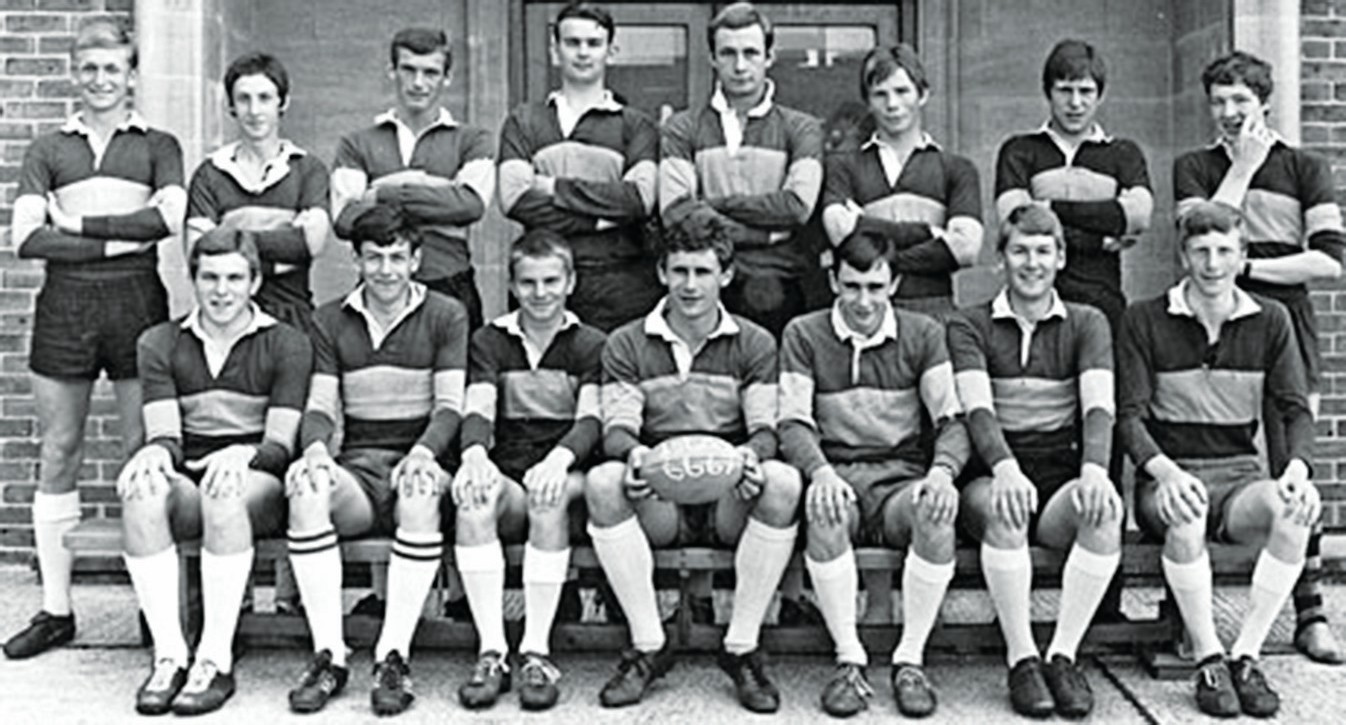
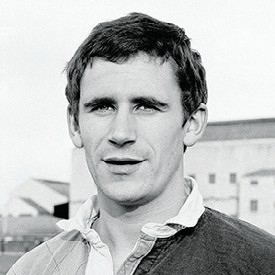
The 27-man Auckland committee gathered at Eden Park and, after debating the issue long and hard, went to the vote with each candidate polling nine votes. So after another briefer debate they voted again. With the same result.
Nine votes each. Finally the Auckland chairman Malcolm Dick warned they would stay all night if necessary, a decisive vote was required. Trapp was duly returned although this time the exact voting figures don't seem to have been recorded. The job was his.
A near contemporary of Trapp was John Novak, a brilliant all rounder – sport and academia – who captained the First XV in 1967, the same year he served as head boy of the School. Novak was soon to embark on a notable medical career which saw him emigrate to Canada where he became a professor in medic ine but he made a fair impact in a short time with Quins and then just three appearances for England in 1970.
Like Lambert all those years before, Novak was very big for a wing – by 1970 standards anyway – an athletic weapon for Harlequins who caused quite a sensation on his debut against Wales by scoring a try and wiping out JPR Williams with a monster tackle, not something you saw very often. He seemed on the cusp of a major career but these were amateur times and his medical career took over.
Eastbourne seem to specialise in rounded all-rounders and Wasps and England prop Will Green would come under that heading. An England Schools cap while at Eastbourne, he also impressed as a hard-hitting batsman and earned county honours until, by his own admission, he discovered on tour in Barbados he couldn't play the bouncer.
From the moment on it was rugby, although he always retained his cricketers' hands and at the dawn of professionalism was one of those props whose passing and handling skills were up there with the backs.
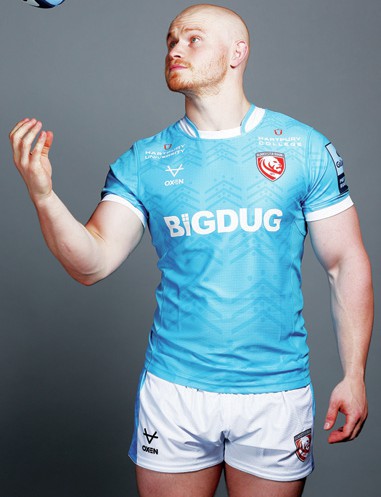
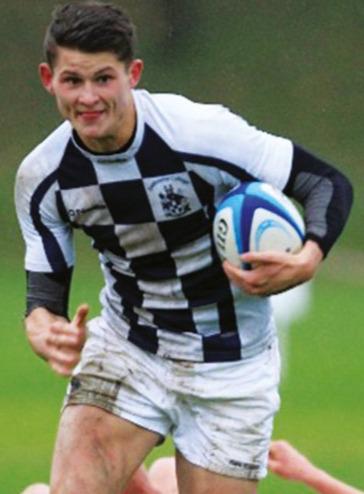
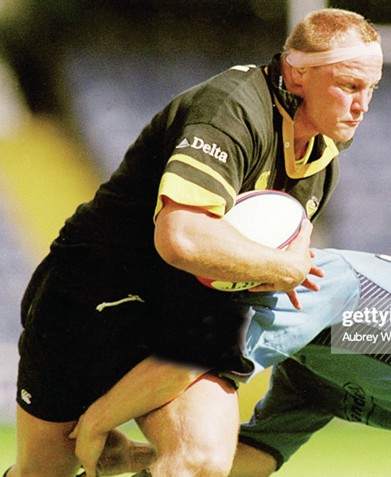
A big influence during this period was his Eastbourne coach Robert Edmondson, a chemistry teacher, who was also involved with coaching the Sussex county side.
“Will really was an outstanding sportsman,” he recalled. “I remember being at one U16s divisional trial. Some official was watching and commented on the quality of one of the centres, saying that he had a wonderful pair of hands. The centre in question was Will, and the official couldn't believe he was a prop!”
Another multifaceted individual was Hugo Southwell who was as highly touted as a cricketer during his time at the school. Southwell was a prominent member of a Sussex U19 team including Matt Prior and Michael Yardy and played in three one day games for the Sussex Cricket Board Xl before he concentrated full-time on rugby when he joined Bristol at the turn of Millennium
A grandfather from Falkirk saw him qualify for Scotland and, after moving to Edinburgh, he embarked on a notable Test career that earned 59 Scotland caps.
Others have followed. Seb Nagle-Taylor, a dynamic No.8 who appeared for the England Sevens has been hampered a little by injury but is still hopeful of making a significant breakthrough and is currently with Gloucester while the star turn in recent years has been Bristol centre Piers O'Connor, a big part of the Bears recent rise.
O'Connor was always blessed with exceptional gas and as luck would have it England's assistant Sevens coach Russell Earnshaw was coaching at the college at the time and did much to nurture his talent. With an Irish grandparent he appeared for Ireland U19 while at Eastbourne but his heart lies with England and he soon switched to England U20 and is still pursuing a full cap, with one appearance for an England XV two years ago.
More recently Theo Bevacqua secured his first cap for Wales U18s when the Welsh beat France. He was also selected for the Wales U18 squad against South Africa (2019). Mike Gatehouse earned a place in the Quins Academy team in 2017, the same year Hugh Turnbull and Tom Wane appeared for U18 England Counties (2017).
That was a strong era and on the Sevens field Eastbourne reached the quarter-finals of Rosslyn Park in 2016 and the semi-finals a year later.

